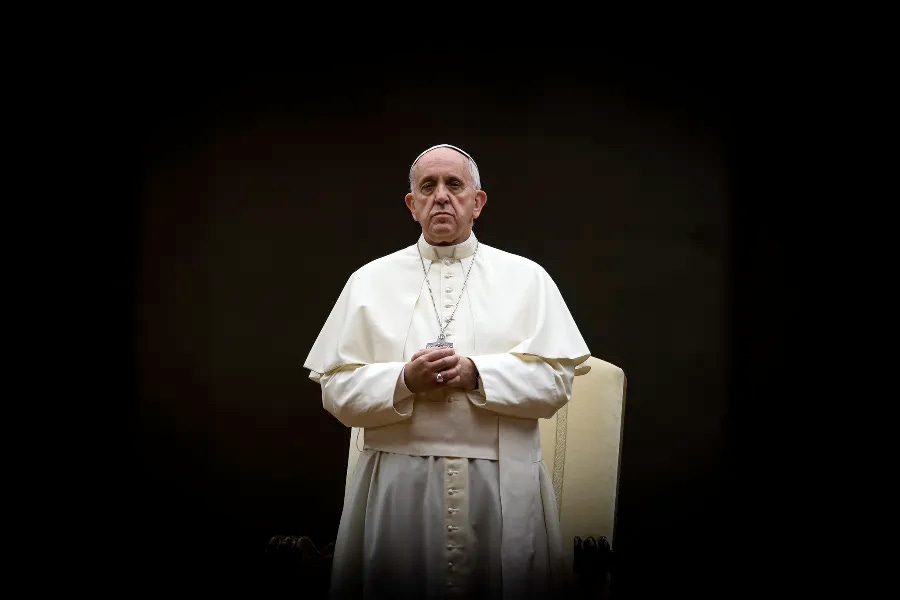Why is Pope Francis embracing the patriarchy (of the West)?
Francis has revived the papal title 'Patriarch of the West', dropped by Benedict XVI in 2006 - but why, and what does it mean, anyway?
Pillar subscribers can listen to this explainer here: The Pillar TL;DR
Pope Francis has revived the papal title Patriarch of the West, bringing back the style which has fallen in and out of usage over the centuries and was most recently dropped by Benedict XVI in 2006.

